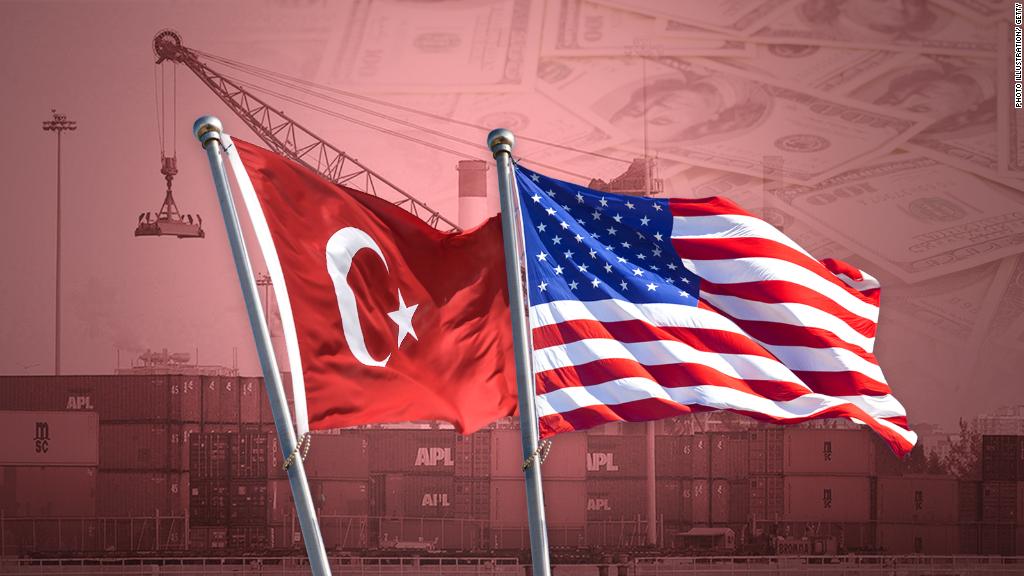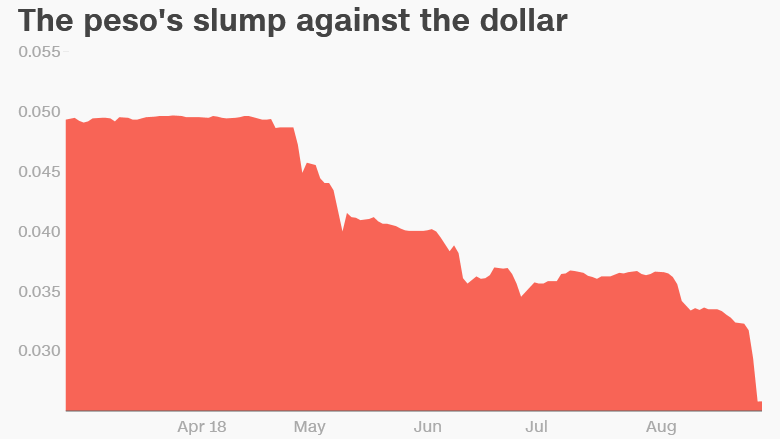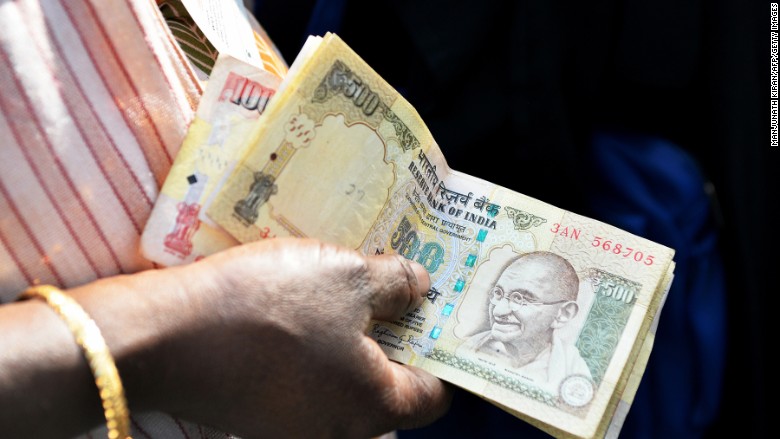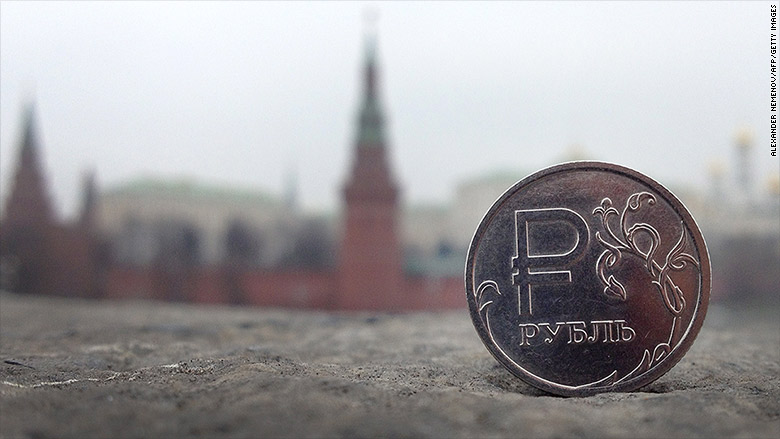5 big victims of the meltdown in emerging markets

From Argentina’s peso to the Turkish lira, the currencies of emerging markets are taking a battering.
Both economies have been plunged into turmoil this year. Their currencies have collapsed, coming under pressure from an array of forces including rising US interest rates, political clashes and the global trade war.
The pressures have exposed frailties in multiple emerging markets, particularly the reliance on funding from foreign investors, who are more likely to pull out their money as local currencies drop in value.
Worries about Argentina and Turkey have prompted nervous investors to retreat from other economies that are viewed as vulnerable. On Friday, Indonesia’s currency plunged to its lowest level against the US dollar since the Asian financial crisis 20 years ago.
Five of the world’s major developing economies are feeling the heat:
1. Turkey
Turkey’s currency has been thrashed by a potent mix of confrontational politics, economic policy confusion and US interest rate hikes. The lira has plunged more than 40% versus the US dollar since January.
Many Turkish companies have sought to lower their borrowing costs in recent years by taking out loans in foreign currencies. Observers worry they could now fall behind on the loans because customers pay them in lira.
President Recip Tayyip Erdogan has unnerved investors by resisting calls for interest rate hikes to try to rein in rampant inflation.
Analysts say the damage is already showing up in economic data. The lira’s slump has left Turkish people and companies suddenly feeling worse off, hitting consumer spending and business confidence.
“There’s no getting away from the fact that the Turkish economy is experiencing a deep downturn,” Jason Tuvey, senior emerging markets economist at research firm Capital Economics, said in a note to clients this week.

2. Argentina
Argentina’s peso has more than halved in value against the dollar since the start of the year.
As the currency nosedived again this week, the government asked the International Monetary Fund to speed up payments from a $50 billion lifeline set up earlier this year.
Argentina’s central bank on Thursday jacked up its key interest rate from 45% to an eye-watering 60% in a bid to encourage investors to hang on to their pesos. It said it plans to keep rates at that level until at least December, and some analysts think they won’t start to come down until the middle of next year.
But the extraordinary move failed to stem the currency’s collapse.
Nearly 70% of Argentine government debt is in foreign currencies, according to Moody’s. That will become ever harder to pay as the peso plummets.

3. India
India’s rupee hit a new record low against the dollar on Friday as part of the broader emerging market sell-off. It’s down almost 10% since the start of the year.
India’s economy isn’t showing many signs of weakness just yet, though. It’s currently the world’s fastest growing major economy, and is due to report second quarter data later Friday.
But it is facing serious headwinds. It relies heavily on energy imports, which puts it in a vulnerable position as oil prices rise. That’s helped push up inflation to uncomfortable levels for the central bank.
Other factors weighing on the currency are the global trade war and the US Federal Reserve raising rates, which makes assets priced in the rupee and other emerging market currencies less attractive.

4. Brazil
Politics have been weighing heavily on Brazil’s currency, the real, in recent months. It has slumped 20% against the dollar since the start of January.
Investors are worried about the outcome of the presidential election scheduled for October. They are hoping Brazilians will elect a pro-business leader who can carry out big financial reforms such as cutting the country’s budget deficit.
But recent polls show strong support for more leftist candidates like jailed former leader Luiz Inacio Lula da Silva.
“Lack of clarity that an investor-friendly candidate will win should weigh on local assets,” Gustavo Rangel, chief Latin America economist at investment bank ING, wrote in a recent note.
He pointed out that Brazil’s central bank has lots of ammunition in the form of foreign exchange reserves to fight further weakness in the currency if it needs to.
Brazil’s currency was also pressured earlier in the year by a nationwide strike by truckers, which drove up inflation and disrupted economic growth.
5. Russia
Russia’s ruble has crumbled in recent months in the face of economic sanctions. The currency has shed about 15% against the dollar this year.
Russia has been squeezed for years by Western sanctions, which were imposed over its involvement in the conflict in Ukraine.
More have kicked in this year after the United Kingdom linked the Kremlin to the attempted murder of a former Russian double agent. The United States has sanctioned several Russian individuals and companies.

Like many other countries, Russia has also been hit with new US tariffs on steel and aluminum.
Investors fear that more sanctions could be on the way, including measures targeting banks and energy companies. The Russian government has been selling its US Treasury debt and buying gold in recent months.
However, some analysts say the rise in oil prices this year should offset much of the damage from the weaker ruble.
— Charles Riley, Rishi Iyengar and Ivana Kottasova contributed to this report.
CNNMoney (Hong Kong) First published August 31, 2018: 7:10 AM ET




